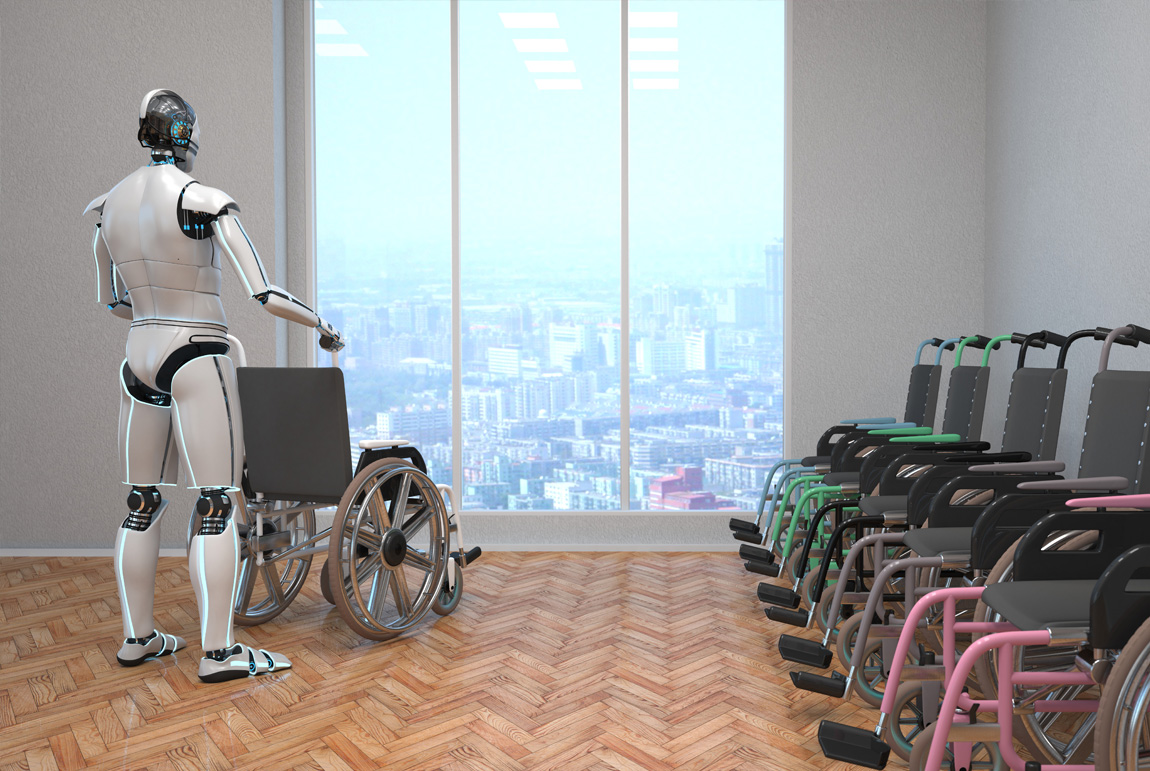
Written and researched by Philip Graves for GWS Robotics, 21st-27th March, 2020
Although traditionally the practice of medicine requires a combination of diagnostic and surgical skills that only highly trained doctors and nurses can dependably deliver, robots have increasingly made their way into medical settings over the past 40 years.
Robots in Surgery
Mechanical robots first came into experimental use in surgical settings in the 1980s, but the technology did not become fully developed before the 1990s.
Mechanical robots, starting with the Puma 560 in 1985, have been found useful in the precise positioning of cannulae for brain biopsies. Subsequently, specialised camera-guided robotic surgical systems with names like Neuro-Mate, Minerva, and the Robot-Assisted Microsurgery System, have been brought into use in brain surgery settings. Precision-engineered miniature mechanical robotic appendages have proven advantageous in such surgical settings, which demand highly precise placement for the safety of the patient and the effectiveness of the operation.
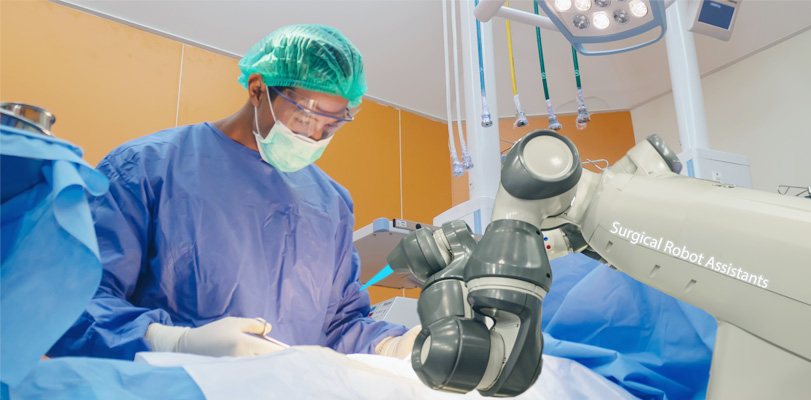
Laparoscopic (keyhole) surgery has also benefitted from the use of remote-controlled surgical devices to minimise the invasiveness of the surgical cuts required. Surgeons view on a monitor a display produced by miniature cameras mounted on a laparoscope inserted into the patient’s body through a small incision, and use that display to guide their remote operation of the robotic surgical devices accompanying the camera.
These systems of remote surgical control are sometimes called telemanipulators. A succession of such systems, beginning with Aesop and Zeus[1], have came into use primarily for abdominal and chest surgery since 1994.
Surgical robots that are simply remote-controlled by a surgeon are called passive robots. Distinct from passive robots is the class of active robots, which use programming and visual data to conduct surgery without being directly controlled by a remote surgical operator. More advanced surgical robots such as the Da Vinci surgical system, widely considered to be the most advanced general-purpose robotic surgical system in use today, have this capability.
In orthopaedic settings, active surgical robots such as Robodoc and CASPAR[2] have been used to prepare patients’ adjacent bones for fittings for bone replacements such as hip and knee replacements. It has been found in studies that they achieve this with greater accuracy than human surgeons.
Robots in Hospital Hygiene
In more recent times, mechanical robots programmed to emit ultra-violet light to disinfect premises have been deployed in locations where the spread of infections needs to be controlled such as hospitals, doctors’ surgeries and care homes.
The UV-C rays produced by these robots, with wavelengths of 250 to 280 nanometres, are effective at killing viruses and bacteria without the use of chemicals, a process known as Ultraviolet Germicidal Irradiation (UVGI). Their use can therefore be a useful and highly time-efficient back-up to routine manual cleaning, and may be found especially useful where dangerous infectious diseases are in circulation.
The germicidal properties of UV-C rays have been known about since 1878, when a scientific paper was published describing the sterilisation of bacteria using such light. By 1910, ultraviolet light had begun to be used to disinfect drinking water; and from the early 1930s, mercury vapour lamps with germicidal light properties became commercially available.

Because the effectiveness of light-based sterilisation is dependent on line-of-sight exposure, UVGI robots must be programmed to move into every nook and cranny of the rooms in which they operate so that they can sterilise all exposed surfaces and not just those that face them when they are stood in the middle of the room.
Because ultra-violet light has mutagenic properties, it is considered unsafe for hospital patients or staff to be present in the same room at the time when UVGI is being carried out, so provision needs to be made for rooms and corridors to be temporarily vacated while disinfection is being carried out.
Among the commercially available UVGI robots today is the UVD Robot launched in Denmark in 2019, which claims to kill 99.99% of bacteria in ten minutes using 254nm light. A high-end model is the Thor UVC Robot launched by British company Finsen Technologies in 2018, which uses LIDAR technology to scan the layout and contents of rooms, and 24 separate UV lamps to deliver UV-C light. It is claimed to kill 99.9999% of bacteria in minutes, and can be adjusted in height to meet the requirements of different settings.
Robots in Outdoor Public Hygiene
Robots able to transport, heat and spray at appropriate targets conventional liquid chemical disinfectant have also come into use as a weapon for public hygiene and infection control.
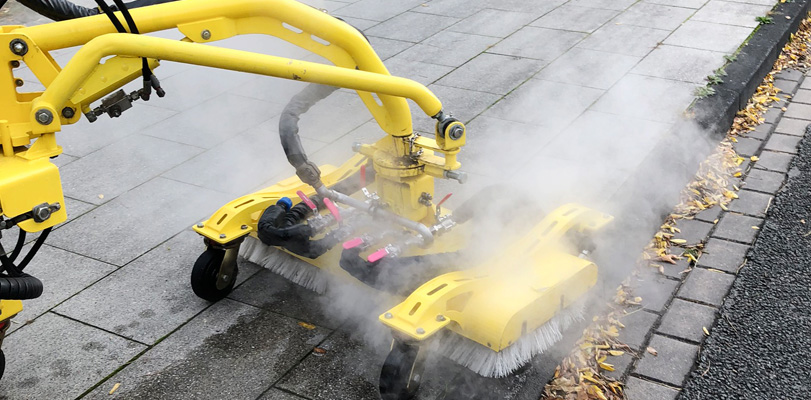
Because of the use of sprayed liquid chemicals, they may be found more suitable for outdoor use, such as public amenity areas and bins, than for indoor use, where such chemicals could damage sensitive equipment, artwork and paper-based items.
Such chemical disinfection robots include a tank-like model running on tracks developed by a robotic research department at Zhejiang University.
Robots in Clinical Diagnosis and Epidemic Control
One Chinese robotics company, Orion Star, has been developing so-called ‘Intelligent Epidemic Prevention and Control Robots’. These machines are equipped with an operating system featuring a variety of artificial intelligence programming adapted to a wide range of functions in healthcare settings, with the particular advantage of remotely carrying out a preliminary diagnosis of patients presenting possible communicable infectious diseases.
Such AI functionality could otherwise have been achieved using a conventional computer program; and indeed computer programs designed to assist in medical diagnosis by deploying algorithms using knowledge bases, pattern-matching and probability theory have been in use since the early 1970s, and have since been improved by data mining to increase the quality of the available knowledge base. However, the use of a robot to carry out the initial checks brings the initial examination, upon the basis of data arising from which that programmed intelligence may act, to the patient, without a doctor or nurse being required to attend the patient at first, saving time and reducing the risk of any infectious disease carried by the patient being immediately transmitted to the attending doctor or nurse.
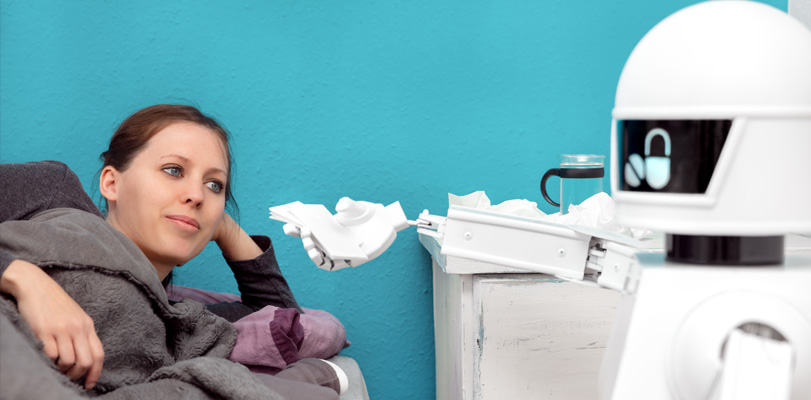
The functions include non-contact-based temperature measurement based on the use of infrared light, and the taking and transmission back to the doctor of photographs of the patient to assist towards diagnosis. The same robots are also able to autonomously roam hospitals, delivering supplies to where they are wanted, and monitoring wards containing patients under quarantine because of infectious diseases. When a patient feels a need for urgent assistance, the robot can also act as a telephone portal to a doctor.
In Spain, there have been plans afoot to deploy robots specifically to carry out diagnostic tests for viral infections, saving precious health service staff time.
Robots in Delivery Errands
Robots can also be put to use within hospitals to deliver blood or urine samples and other items to appropriate personnel within the hospital, saving valuable doctors’ and nurses’ time.
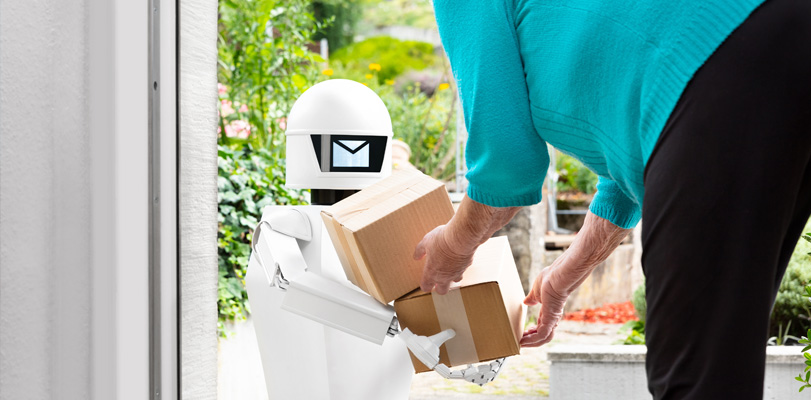
In the event of an outbreak of a serious infectious disease, self-driving robots can even be deployed to deliver food to patients and those required to remain in isolation in their own homes, practically eliminating the risk of infection being transferred to or by a human helper or delivery agent.